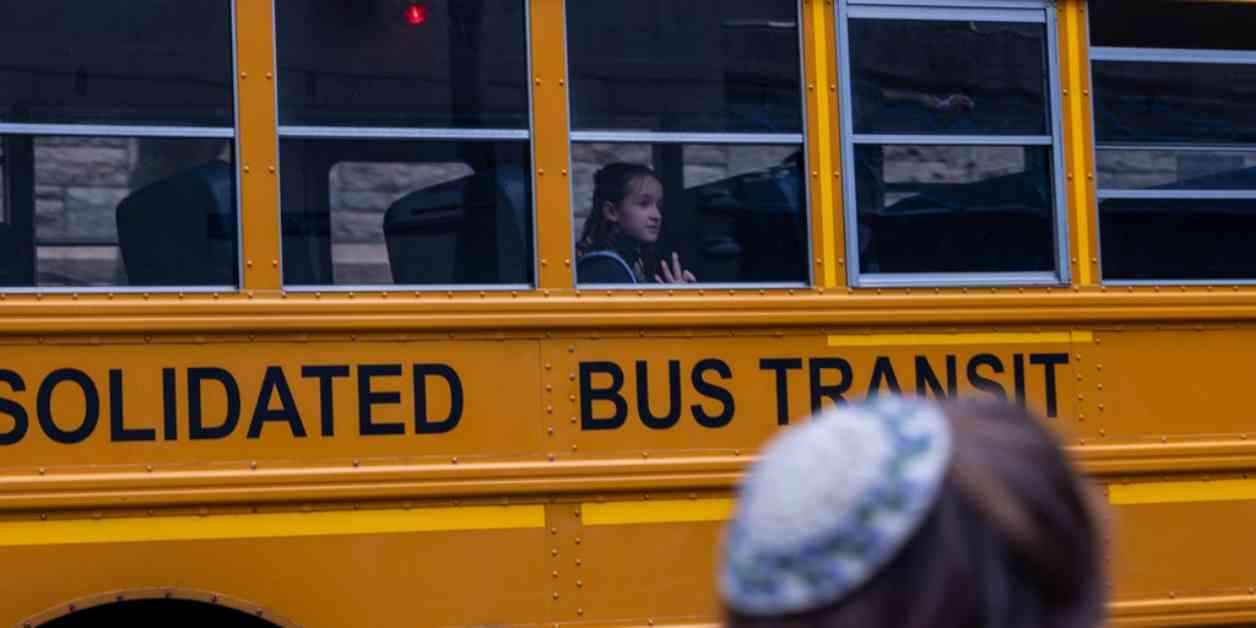A recent report in the New York Post has shed light on a concerning trend in the New York City public school system. According to the report, a staggering 300,000 students did not attend school last year, raising questions about the impact of the pandemic on education. Lindsey Burke, director of the Center for Education Policy at The Heritage Foundation, expressed her concerns, noting that the de-emphasis on the importance of attendance by teachers’ unions may have contributed to the high number of absences.
The New York Post highlighted a study conducted by The Manhattan Institute, which revealed that the percentage of K-12 students classified as chronically absent had increased significantly, from 26.5% in the 2018-19 school year to 34.8% in 2023-24. This rise in chronic absenteeism suggests that over a third of the 900,000 students in the NYC public school system were missing from classrooms. Despite a substantial increase in school district spending, with an estimated $89 billion earmarked for the 2024-25 school year, educational outcomes in areas like math and reading have not seen significant improvements.
Challenges in Education
The National Assessment of Educational Progress (NAEP) reported that proficiency levels among NYC students have remained stagnant or even declined in recent years. Only 33% of fourth-grade students were proficient in math, a slight decrease from previous years. Reading proficiency also showed modest gains, with 28% of fourth graders and 29% of eighth graders meeting proficiency standards. Burke emphasized the troubling nature of these statistics, pointing out the disparity between high spending per student and the lack of academic progress.
According to Burke, the $36,000 per student annual expenditure on K-12 education in New York raises concerns about the return on investment, especially when academic outcomes remain subpar. She suggested that families in New York would benefit from having access to a portion of this funding to choose alternative schooling options. The urgency for universal school choice in New York is underscored by the latest data on student performance and absenteeism.
Policy Implications and Responses
In response to these challenges, President Donald Trump has signaled his intention to issue an executive order aimed at abolishing the Department of Education. Newly appointed Secretary of Education Linda McMahon is expected to lead this initiative, following her confirmation by the Senate. The move reflects Trump’s campaign promise to devolve more power to states and local authorities in matters of education policy.
A spokesperson for NYC Public Schools acknowledged the ongoing efforts to address chronic absenteeism, citing initiatives like ‘Every Student Every Day’ that aim to improve attendance rates. The school system has also implemented strategies to support students and families, including providing essential services and professional development for staff. Despite progress in reducing absenteeism over the past few years, the spokesperson acknowledged the need for continued efforts to ensure all students have access to quality education.
In conclusion, the findings from the report on NYC student absenteeism underscore the complex challenges facing the education system in the wake of the pandemic. As policymakers and educators grapple with these issues, the focus remains on improving student outcomes, reducing chronic absenteeism, and fostering a supportive learning environment for all students.


